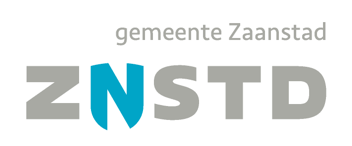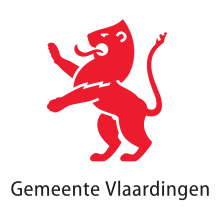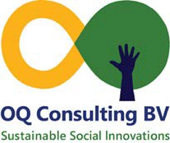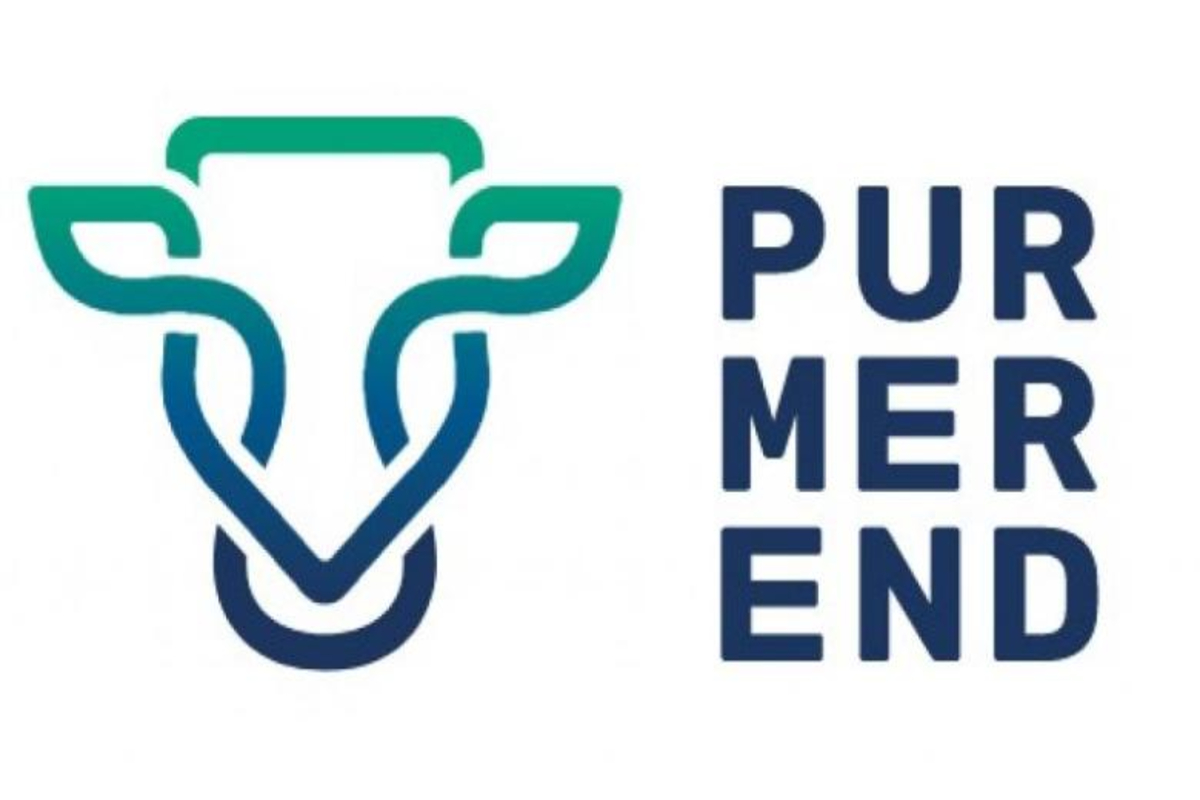Diversity innovates. Diversity in organizations is closely linked with a seldom noticed phenomenon: networks in organizations. Clones do not innovate. Diversity contributes to the quality of an organization. Clones reproduce. So how to permeate those sticky dominant networks?
Formal and informal networks
Networks in organizations are the product of people knowing, liking and trusting each other. Some are formal, most are not. Formal networks are for example the women’s network, the LGBTI network, the older workers network, the ethnicity-based networks. Other formal networks within organizations are trade unions, worker’s councils, management teams, agile teams. Informal networks are made up of people who choose each other because they see something of themselves in the other and like to associate with people like themselves.
Whether formal or informal, networks have a life of their own. An organization has to make work of harnessing the power of these networks to be forces that support the strategic goals of the organization.
A formal network may exist to empower its members, offer feedback, raise awareness, and offer professional growth. It is possibly not at odds with the organizational strategy but may not be contributing to that strategy.
An informal network is even more difficult to manage, from an organizational perspective. These networks are closely associated with the culture of the organization and can support, or not, the dominant culture. Author and management professor Dave Logan distinguishes five stages of culture in organizations – life sucks, my life sucks, I’m great (and you’re not), we’re great (and they are not) and life is great. A network that has its existence in a culture of ‘life sucks’ or ‘I’m great (and you’re not)’ is likely to undermine whatever the organization claims or aspires to be up to.
Whether ‘on purpose’ or not, networks function
The purpose – or effect – of a network, whether formal or informal, is to have its participants operating together. At their best, networks can support participants to access people not otherwise in their reach, can create a sense of belonging, and can be a context for developing new knowledge. At their worst, they can be an excuse for cutting corners – it is after all easier to ask someone in your network for advice, help or to do something for you, than it is to ask someone you do not already know, like and trust. Networks can undermine efforts of organizations to bring in diversity, because people like most to work with people similar to, rather than different from, themselves. This is the case for leaders developing new ways of operating in failing States and for boards of civil society organizations in Europe seeking to expand their membership. It is also why corporate boardrooms remain a place where people who like to communicate and interact with people like themselves are unable to open their doors to people unlike themselves.
Organizations cannot avoid the existence of networks and the best way to deal with this is to understand how networks work. To increase diversity, understand the networks that are ‘rooting’ for sameness and address the issues. Is there a fear that diversity will unsettle established ways of working? Address this and find together ways of working that people can trust. Will diversity mean that outsiders will not understand you and trust you in the way they always have? Address this by speaking with the outsiders, introducing them to the newcomers, and find ways of them to interact with each other.
Disruption
Along the way, the organization will not only become more diverse, but the disruption of the fabric of networks holding the organization in its current culture will inevitably open the organization up for innovation. Innovation never occurs in the context of doing the same thing repeatedly. Diversifying the organization and at the same time managing the networks will provide a context for innovation.
======
Netsheila is available to work with your organization to build its ability to live and grow, with networks.
Our clients



















